
With an area of 6,772 km2 and a population of approximately 13.6-14 million people, Ho Chi Minh City has just become a special urban entity - with a scale, stature and operational requirements comparable to the leading megacities in Asia. This is not just an administrative boundary arrangement. This is the opening of a new chapter of the integrated urban model, with a completely new governance institution, a dynamically linked spatial structure, and a management method based on data, technology, innovation and social coordination capacity.
In that context, the requirement is not only to expand in quantity - but also to improve in quality. The new Ho Chi Minh City needs to reshape its historical role: from a leading urban area to an international megacity - a financial, innovation, logistics and cultural center with regional influence. This vision has been clearly stated by General Secretary To Lam: The new vision for the new Ho Chi Minh City is to become an "international megacity" of Southeast Asia - a smart, green, creative city, typical not only of economic strength but also of richness in culture, art, sports, entertainment and a modern, dynamic lifestyle.
To realize that vision, the new HCMC must overcome unprecedented challenges. Before the merger, HCMC, Binh Duong and Ba Ria - Vung Tau all faced many difficult problems: institutional fragmentation, unintegrated planning, overloaded infrastructure, and scattered management capacity. After the merger, if the development model is not restructured and the management institutions are not innovated, the large scale will become a burden instead of an opportunity. This is a complex problem of metropolitan governance - it cannot be solved with the old approach.
In that context, Ho Chi Minh City needs to choose a breakthrough direction: taking science and technology as the foundation, taking innovation policy as the management tool, and taking the social community as the co-creating subject. Managing a super-large-scale city cannot rely on emotional experience or administrative orders, but must rely on real-time data, an integrated management platform (UDCC), artificial intelligence, simulation and forecasting models, and adaptive management tools.
At the same time, the new Ho Chi Minh City needs to build a flexible institution, experimenting with new mechanisms within the policy sandbox - from public finance, open data, digital technology, to reorganizing public services and public-private partnership models. Each policy must be designed as a life cycle: from testing - feedback - adjustment - expansion. This is not just management reform, but innovation from within policy thinking. In particular, the new Ho Chi Minh City must restructure the entire development space - not only according to administrative boundaries, but according to a dynamic linkage development model:
Axis - Pole - Satellite. In which, the East - West axis will play the role of a strategic corridor, extending from the Cai Mep - Thi Vai international port cluster, through the Eastern high-tech axis (Thu Duc - Di An - Tan Uyen), to the Southwest logistics belt (Tan Kien - Ben Luc). The Northwest axis is an international trade route connecting Moc Bai with the domestic logistics corridor and supporting industrial zones. On these axes, specialized development poles will be organized as self-operating functional centers: the Eastern financial pole (Thu Thiem), the Eastern innovation pole (University - Technology - Artificial Intelligence), the Northwest logistics pole. Surrounded by smart satellites, from the eco-tourism zone (Can Gio - Long Hai - Ho Tram), the high-tech zone, to the centers of artificial intelligence (AI) - data - creative production.
The above models cannot operate effectively without a digital infrastructure and data platform. A smart city is first and foremost a city that can read and understand itself. Ho Chi Minh City should urgently establish a shared data warehouse, real-time digital maps, IoT sensor systems, city data centers, and cloud computing platforms. This is a prerequisite for implementing digital government, smart public services, and especially a real-time integrated management model for the entire city.
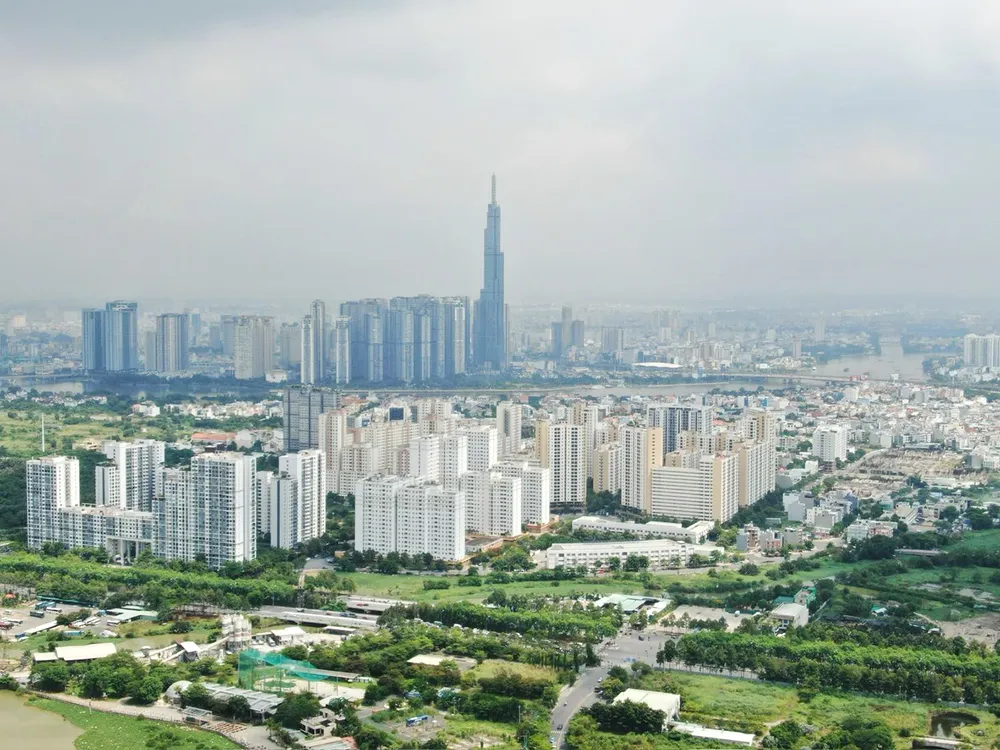
Along with digital infrastructure is institutional infrastructure for innovation. The new Ho Chi Minh City needs to build a regional science and technology ecosystem, connecting businesses - universities - investors - startups in the same flexible structure. The city-level innovation fund must become a pioneering financial tool, encouraging technology projects with high social impact and spillover. In addition, high-tech zones and interdisciplinary testing centers should be formed, where ideas, products and policies are operated together on a mechanism of rapid testing - flexible assessment - expansion according to actual capacity.
However, a new urban area cannot be built from the top down. The success of the new Ho Chi Minh City depends first and foremost on the initiative of three core social forces: the scientific community, businesses - entrepreneurs and people. The scientific community and the intellectual community are the forces leading new development thinking - from policy criticism, institutional consulting to research on urban management models. The city should form a network of urban intellectuals, interdisciplinary expert groups and a public science policy advisory council.
This is the strategic "brain" layer, helping the city not to fall behind technological fluctuations and global development trends. Meanwhile, businesses and entrepreneurs, especially the private economic sector, are the driving force to implement the creative economic model. In the spirit of Resolution No. 68-NQ/TW, Ho Chi Minh City should build an institutional environment that allows businesses not only to benefit but also to co-create: propose policies, invest in new models, and cooperate to solve urban problems. It is necessary to transform the role of businesses from "supported objects" to "creating agents".
Most importantly, people are not only at the center of all policies but also the living soul of the city. A city is only truly smart when people feel they have a voice, value, and a role in the development process. Ho Chi Minh City needs to create a digital citizen culture - where people can access transparent information, participate in policy consultation, use technology platforms to interact with the government, and at the same time be responsible for the community and living environment.
The “smart ward” model is only successful when operated by “smart citizens” – knowledgeable, connected and proactive. Thus, the new Ho Chi Minh City is not just an expansion in geography or administrative scale. It is a call for a new urban model – deeper, smarter, more humane. There, policies are tested, not just imposed. The system operates on data, not on subjective experience. And people become the subjects of change, not just passive beneficiaries.
As General Secretary To Lam affirmed: A dynamic, innovative, Asian-scale Ho Chi Minh City with its own identity is not only the aspiration of the Party Committee, government and people of the newly merged city, but also an important part of the aspiration for a strong Vietnam by 2045. This is not only an orientation, but also a development imperative. Before us is a unique opportunity, and also a historic challenge. More than ever, the new Ho Chi Minh City needs the joint efforts of the entire political system, intellectuals, businesses and each citizen to turn this aspiration into reality.
From each citizen, each organization to each profession, all can contribute to the solution for the "super city of the future". Not only to build a new city but to create a new stature for the whole country.
Source: https://www.sggp.org.vn/tphcm-moi-kien-tao-mot-sieu-do-thi-quoc-te-cua-dong-nam-a-post801605.html




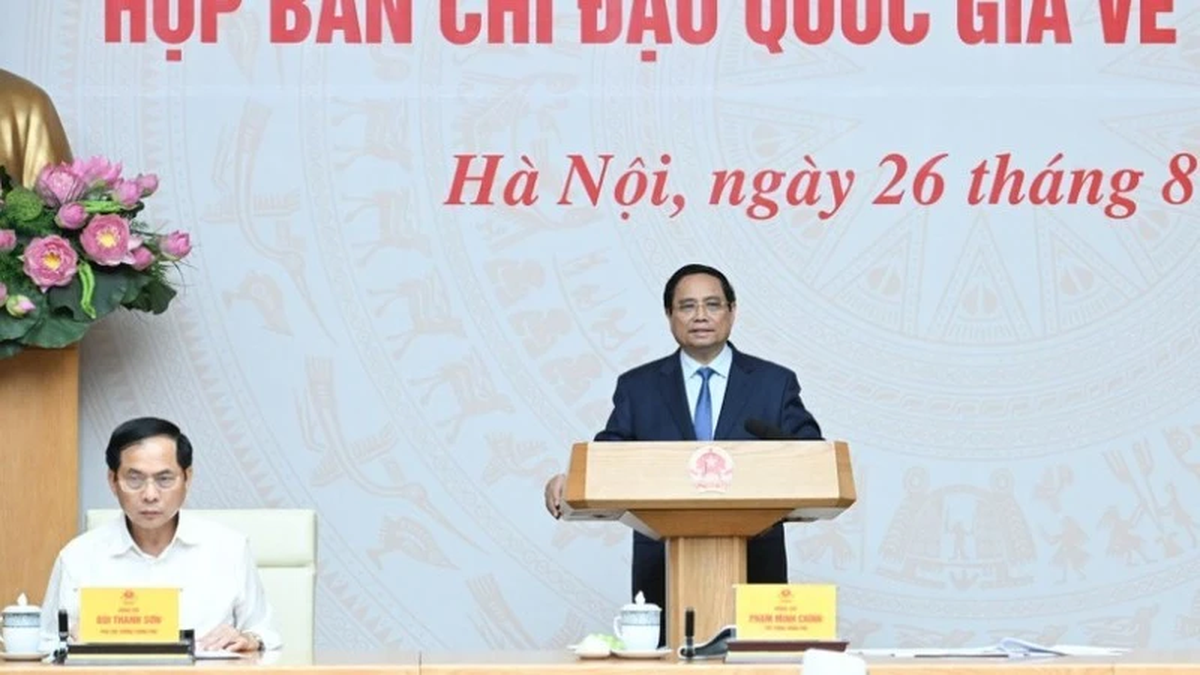
![[Photo] Brilliant red of the exhibition 95 years of the Party Flag lighting the way before the opening](https://vphoto.vietnam.vn/thumb/1200x675/vietnam/resource/IMAGE/2025/8/27/e19d957d17f649648ca14ce6cc4d8dd4)
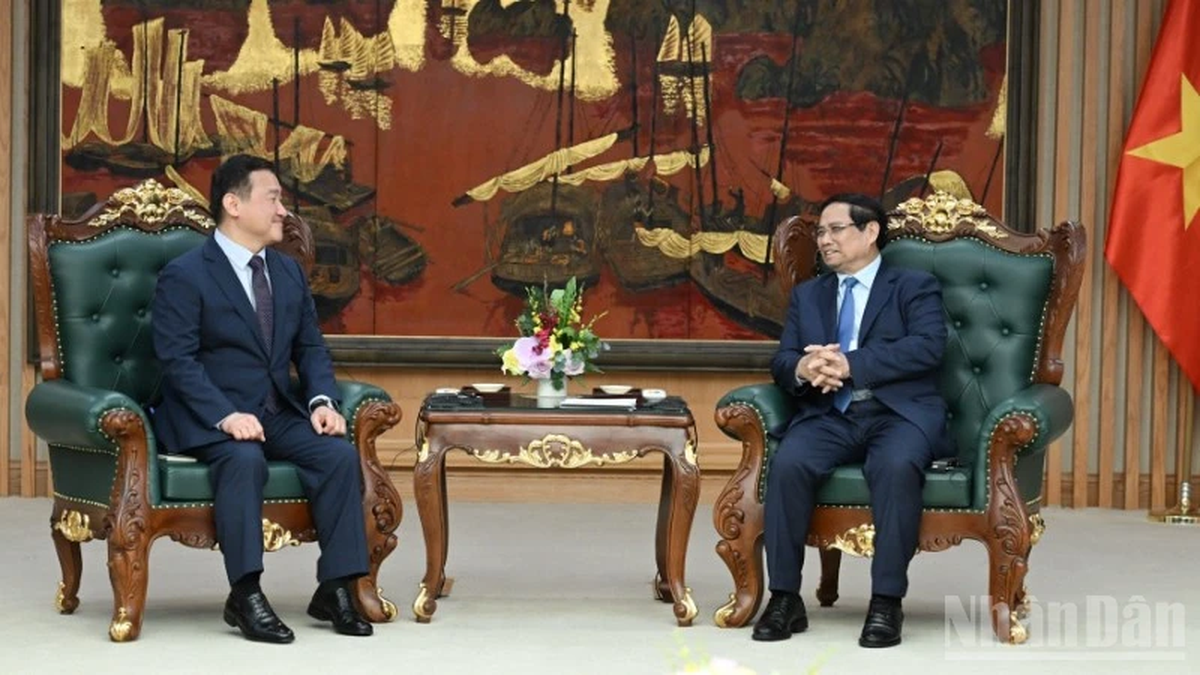
![[Photo] Prime Minister Pham Minh Chinh receives CEO of Samsung Electronics](https://vphoto.vietnam.vn/thumb/1200x675/vietnam/resource/IMAGE/2025/8/26/373f5db99f704e6eb1321c787485c3c2)
![[Photo] Prime Minister Pham Minh Chinh chairs meeting of National Steering Committee on International Integration](https://vphoto.vietnam.vn/thumb/1200x675/vietnam/resource/IMAGE/2025/8/26/9d34a506f9fb42ac90a48179fc89abb3)




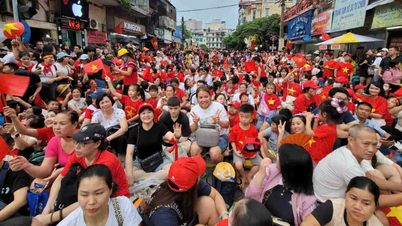



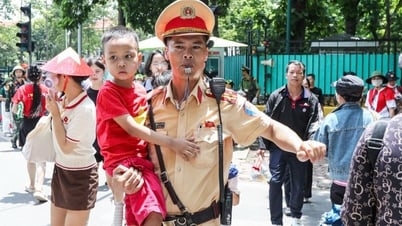




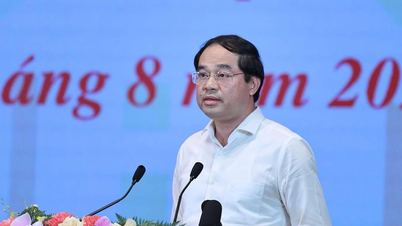

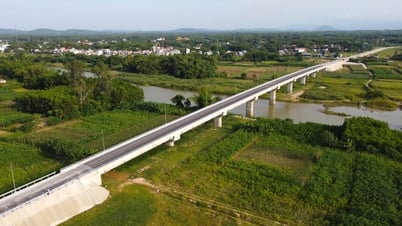



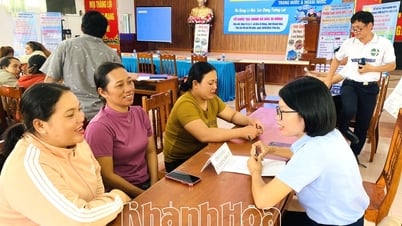

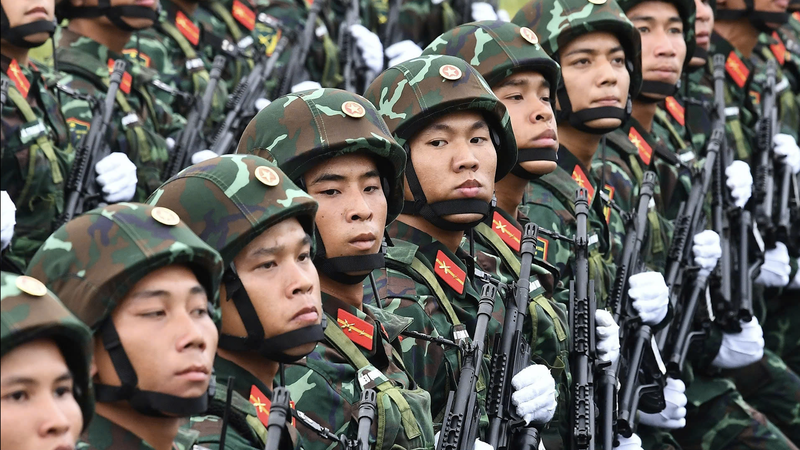



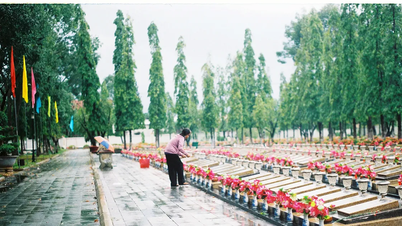

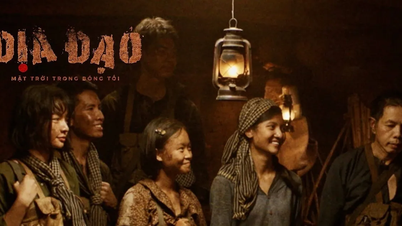
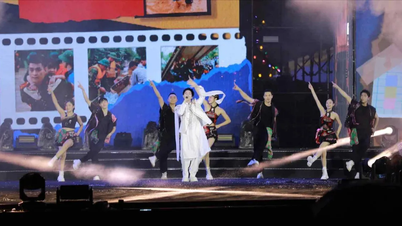
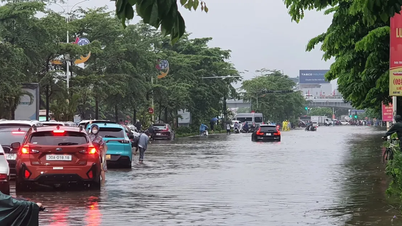
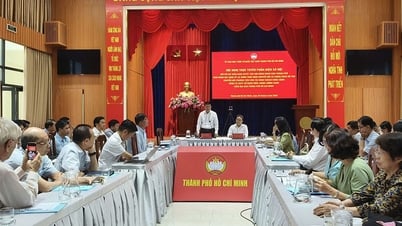
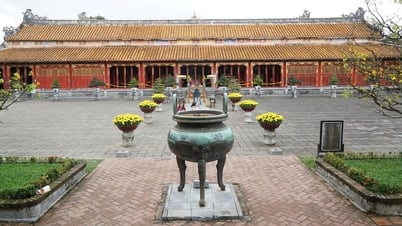

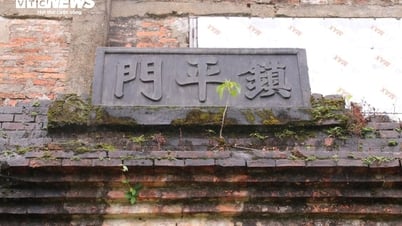

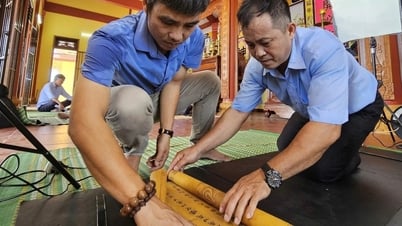

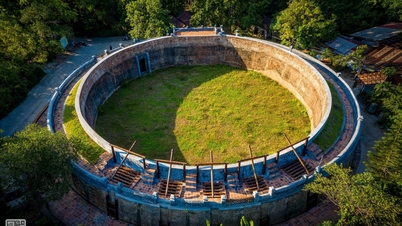



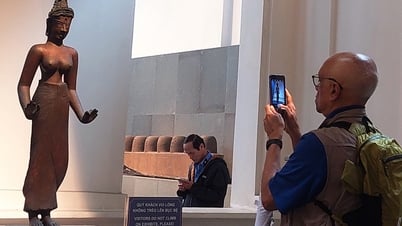






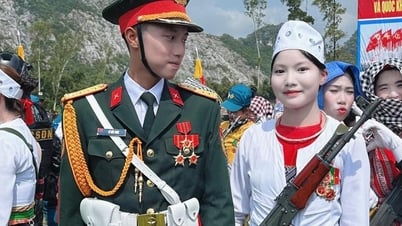

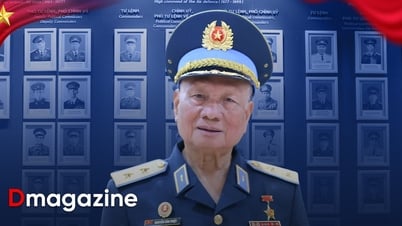


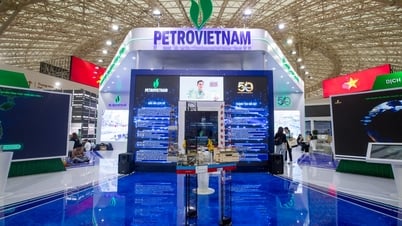
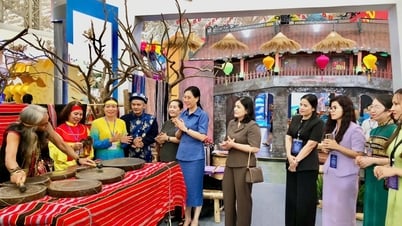
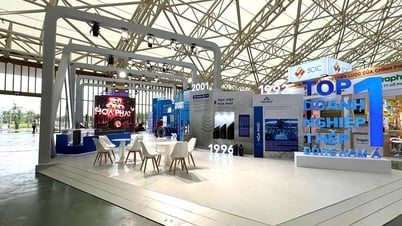
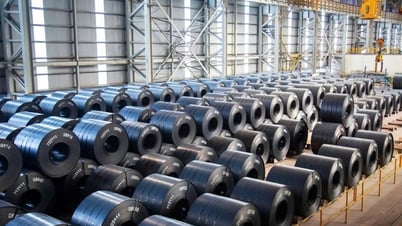

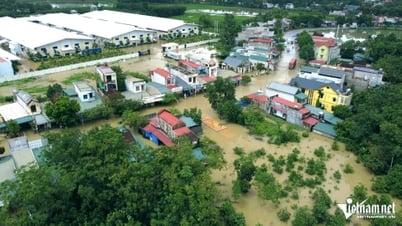

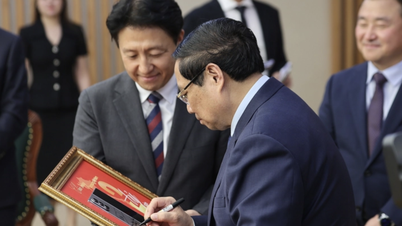


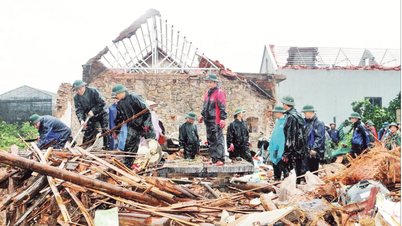

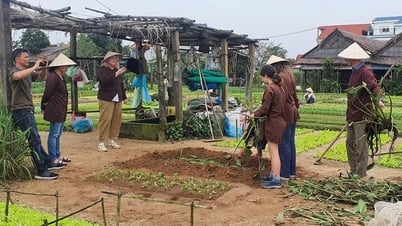

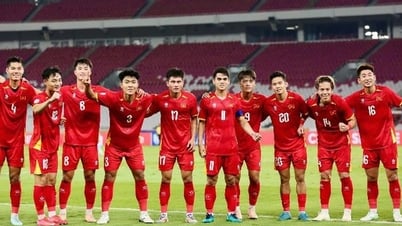
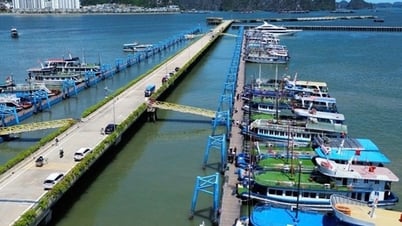
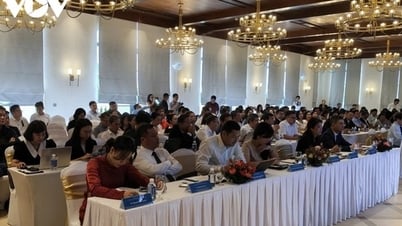


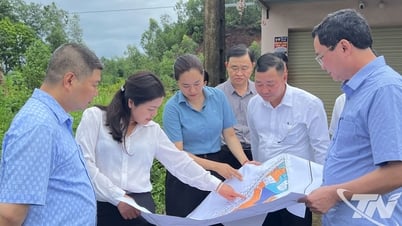
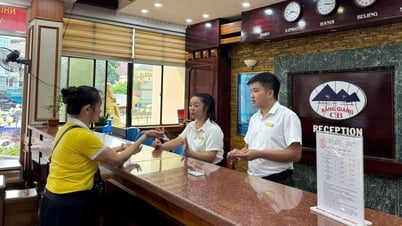

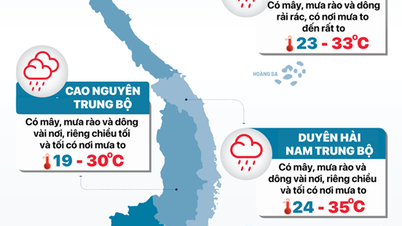

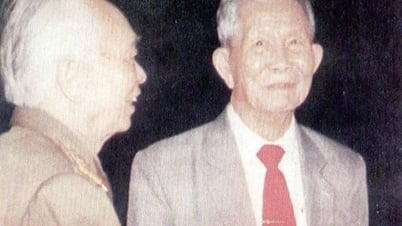

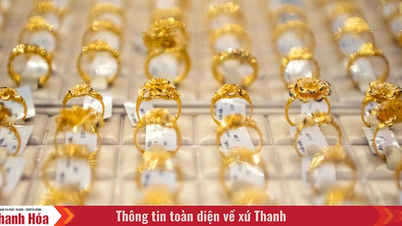


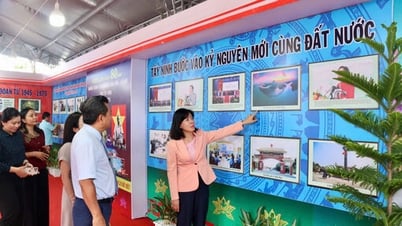


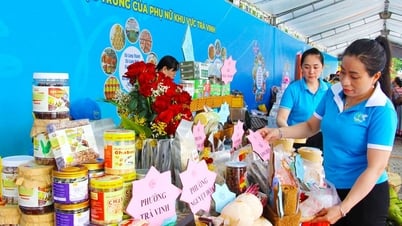
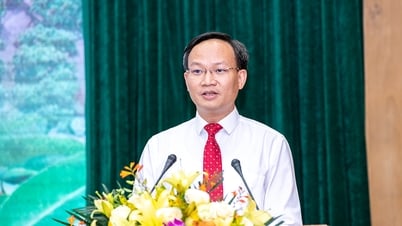




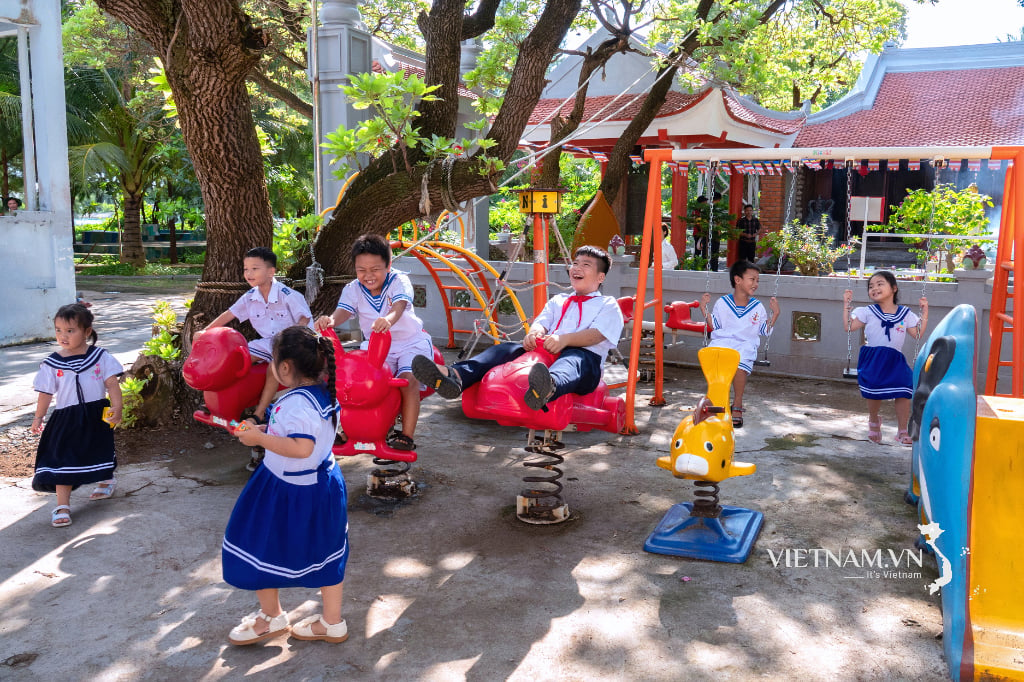
Comment (0)